Melbourne's MPavilion reflects upon its contribution to urban health
The MPavilion – an annual temporary architectural pavilion commissioned by the Naomi Milgrom Foundation – has launched a new book, featuring essays by participating architects including Amanda Levete, Bijoy Jain and Rem Koolhaas
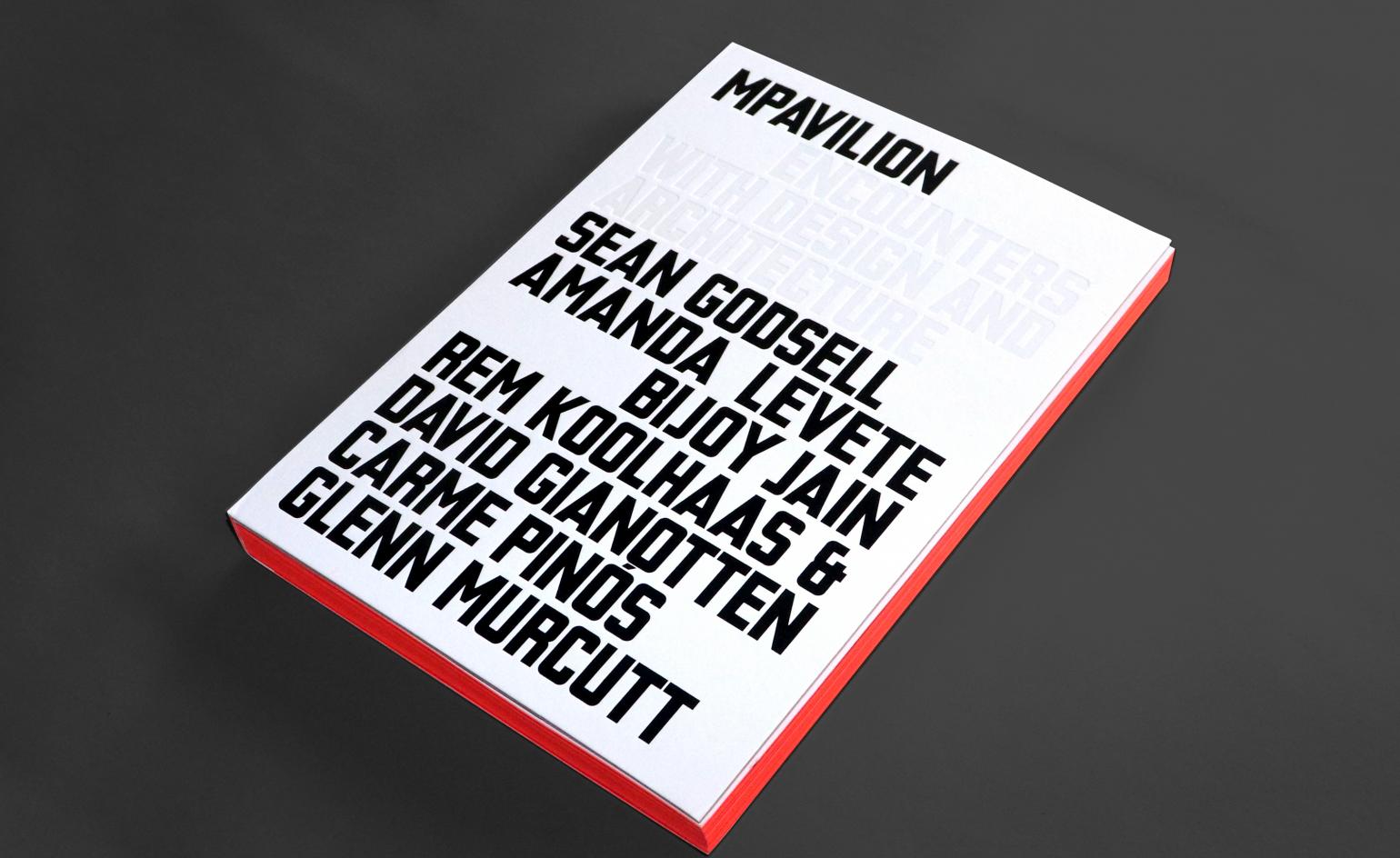
Since it's first edition six years ago, the MPavilion has become a highly-anticipated event for the city of Melbourne and all architects, collaborators and visitors involved. An initiative of the Naomi Milgrom Foundation, the pavilion is hosted in Queen Victoria Gardens and designed by a new architect each year. It is a worthy example of the benefits that architecture can have on public spaces and the urban community – Wallpaper* has keenly followed its evolution over the years, with favourite designs including Carme Pinos' dynamically unfolding timber canopy and Glenn Murcutt's light and low-slung pavilion inspired by a Balinese house.
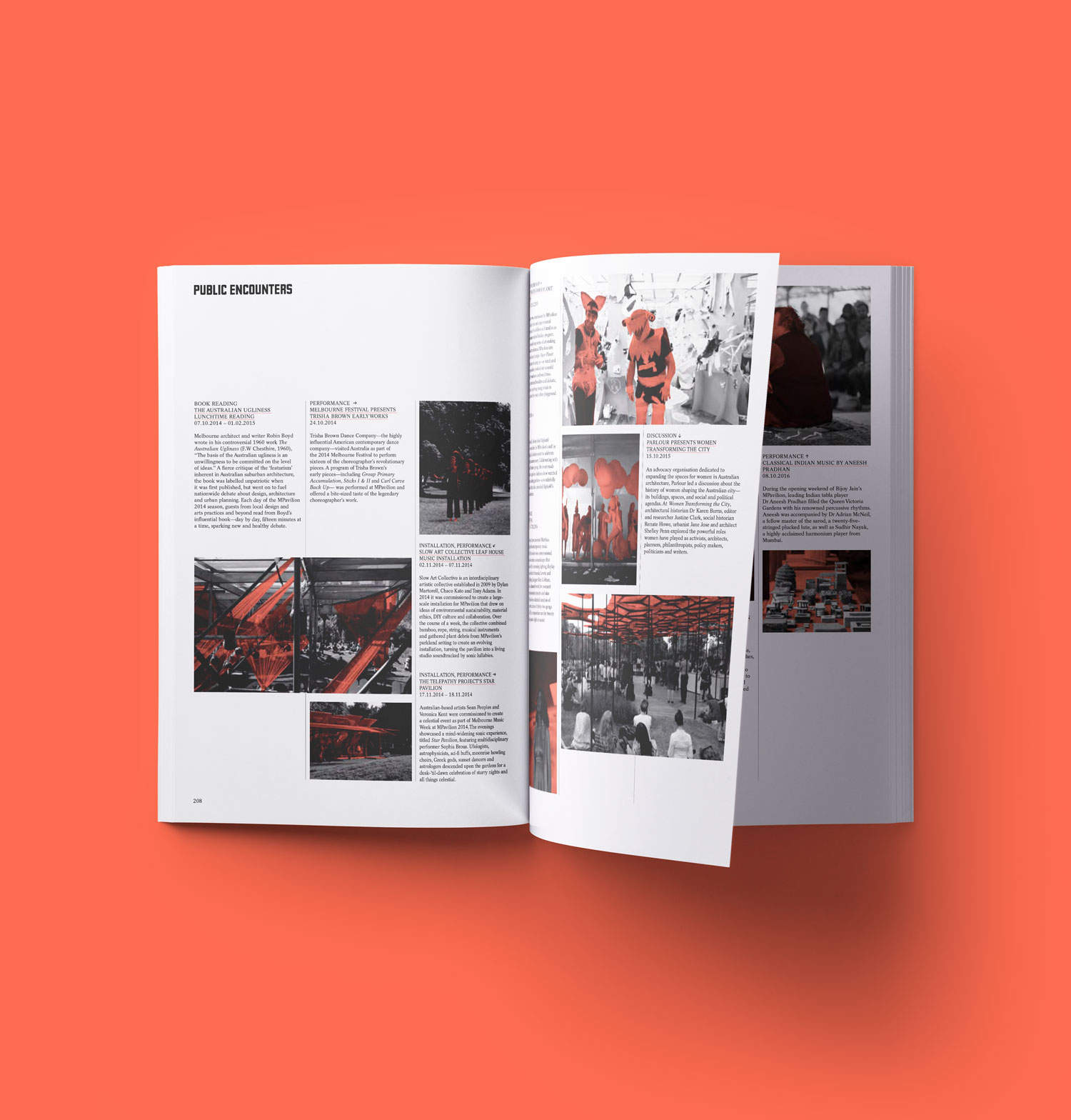
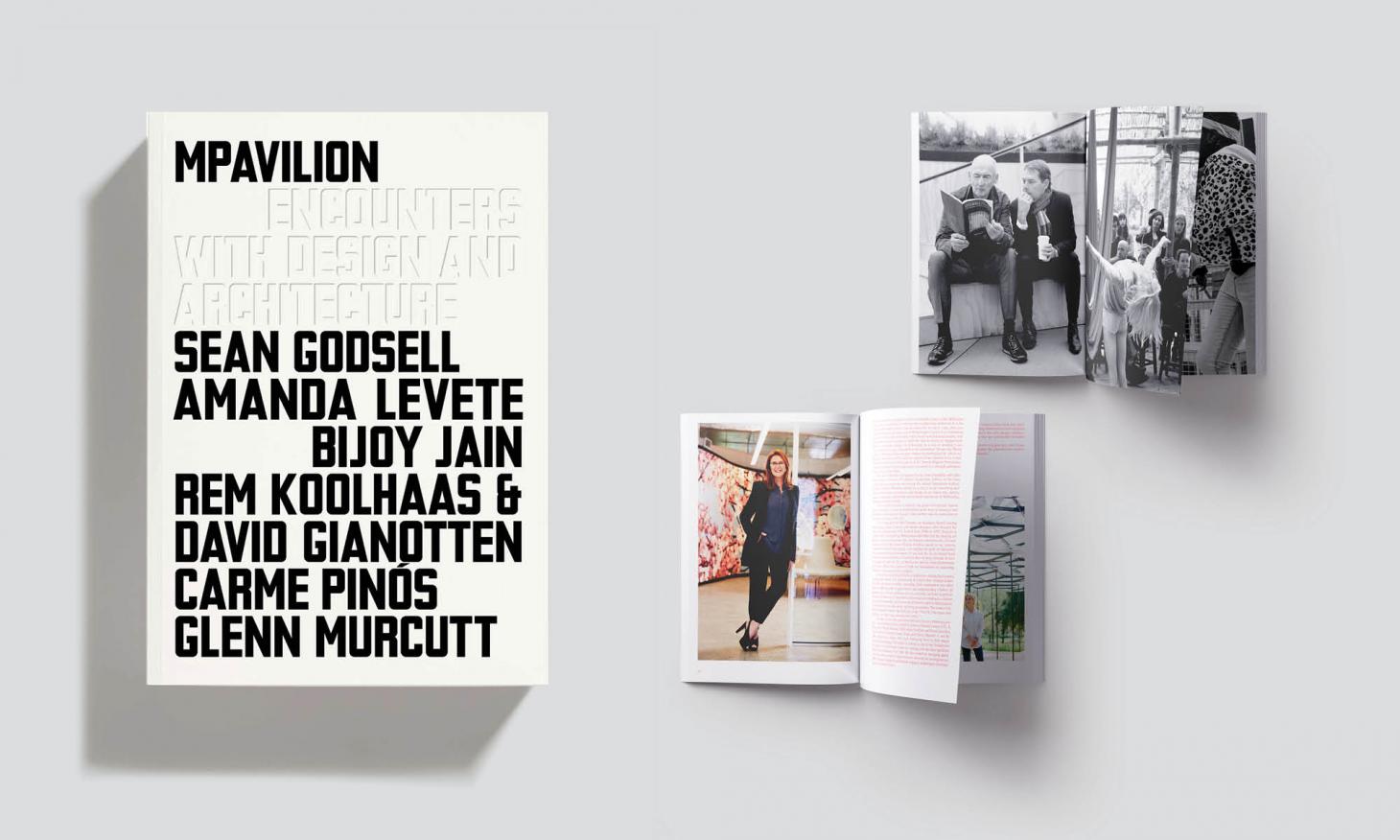
Designed by creative agency Studio Ongarato, the book features colourful, graphic illustrations and typography
The Naomi Milgrom Foundation has now launched a new book to chart the success of the MPavilion – bringing together stories about its social impact through images and essays by architects and writers. The MPavilion is a core part of the foundation's mission: enriching Australian cultural life by engaging new audiences with exceptional art, design and architecture and exploring the social, economic and environmental value of architecture.
Featuring contributions from each of the MPavilion architects from 2014 to 2019 – Sean Godsell, Amanda Levete, Bijoy Jain, Rem Koolhaas, David Gianotten, Carme Pinós, and Glenn Murcutt – the book also celebrates the collaborators behind the scenes and what goes into the building of an iconic city pavilion.
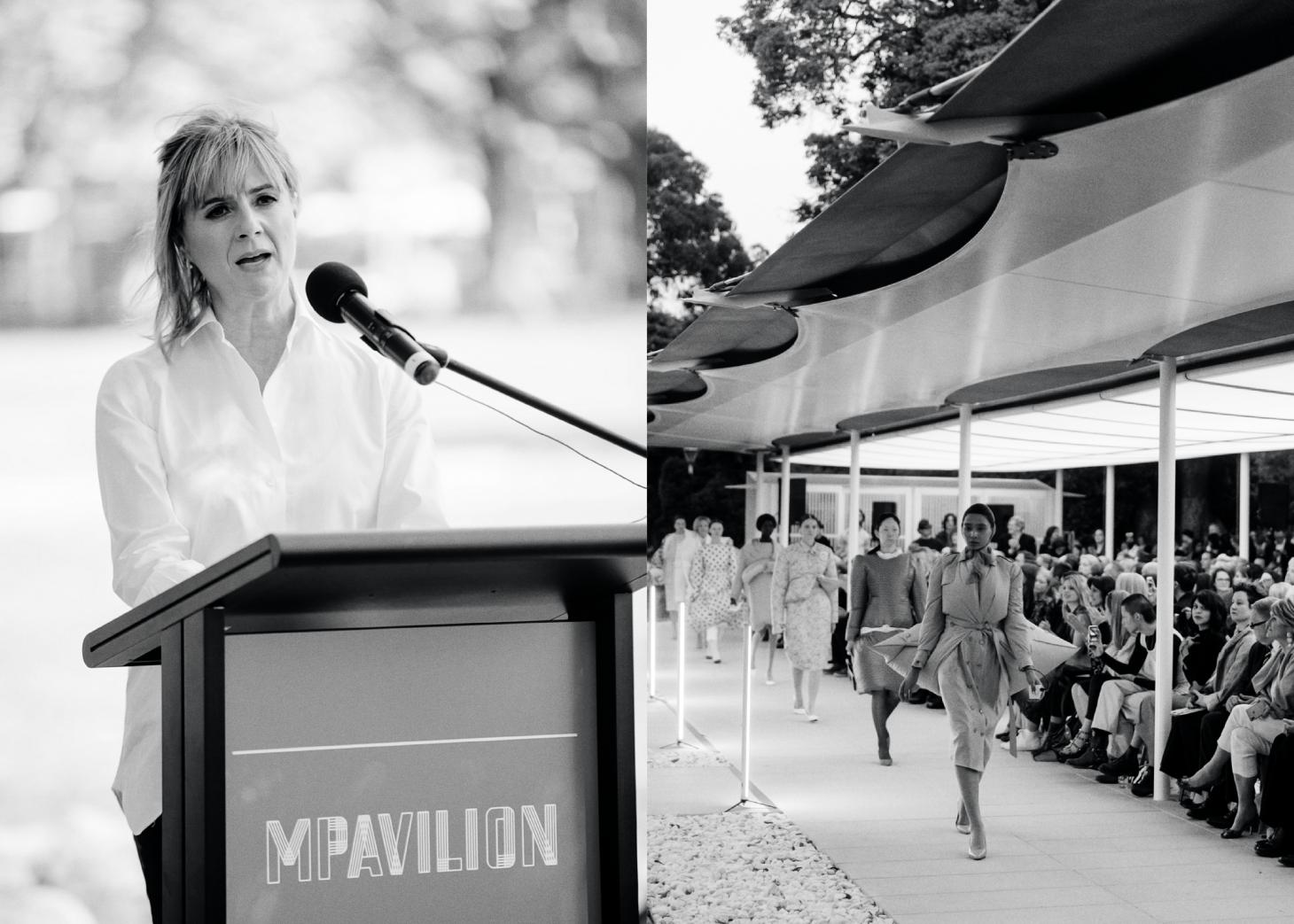
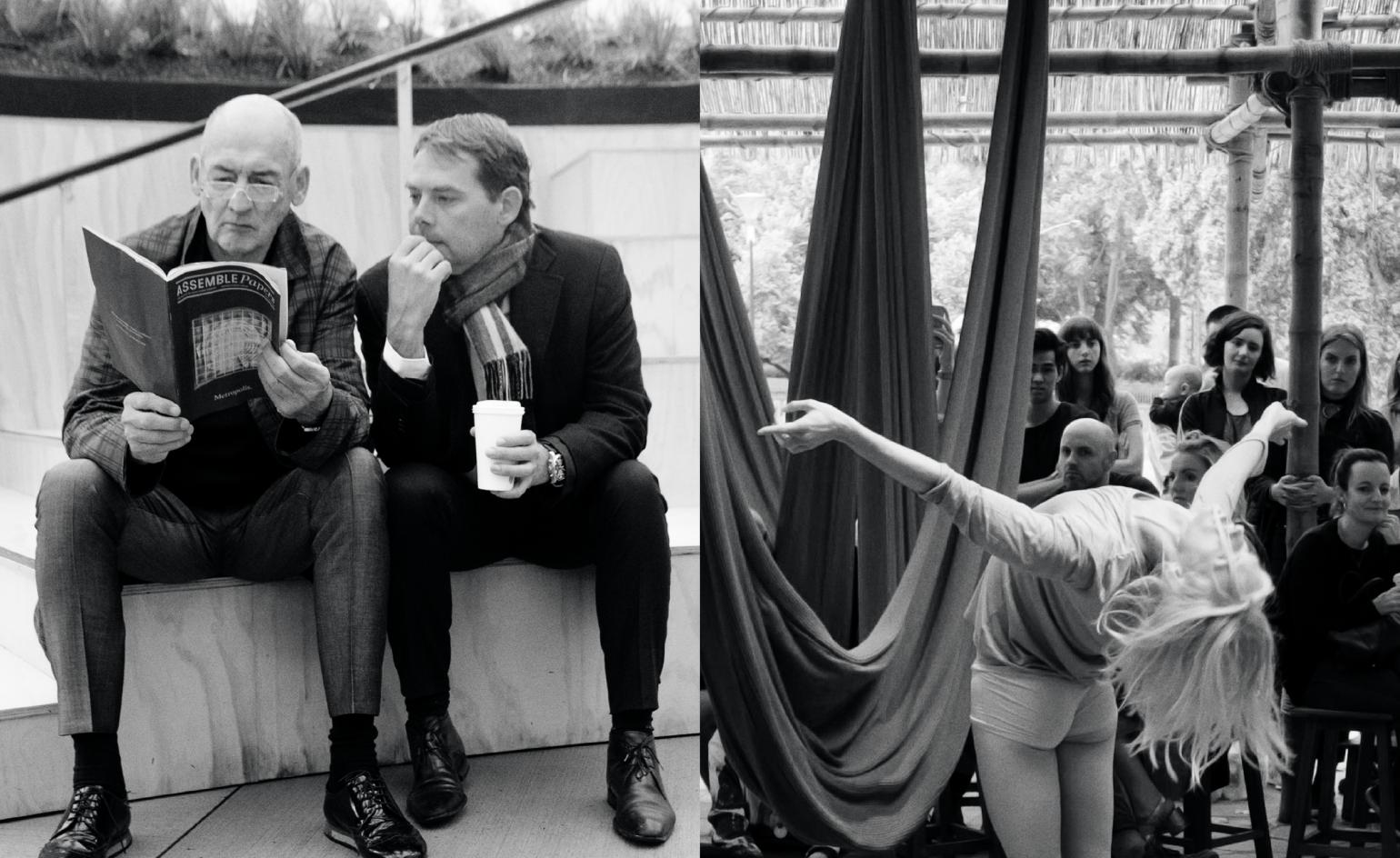
The book features photographs of MPavilion architects Amanda Levete and Rem Koolhaas and public cultural activities hosted at the MPavilion
Essays on each pavilion by distinguished writers, including Ellie Stathaki, Wallpaper* architecture editor, explore in detail the design approach, expression and impact of the commission. The book aims to open up a broader conversation about cities, pavilions, parks and public spaces today, and their role in creating healthier places to live and work.
Reflecting on the book, Carme Pinós, founder of Estudio Carme Pinós said: ‘Architecture is a service to society; it changes people’s lives and makes society possible. That’s why I liked Naomi Milgrom’s MPavilion project— it’s social, and it’s for the citizens to use. We need to find a new language and that time has come. It’s time for free and flexible architecture.
INFORMATION
MPavilion: Encounters with Design and Architecture, published by Thames & Hudson Australia. Available from 18 August 2020
Receive our daily digest of inspiration, escapism and design stories from around the world direct to your inbox.
Harriet Thorpe is a writer, journalist and editor covering architecture, design and culture, with particular interest in sustainability, 20th-century architecture and community. After studying History of Art at the School of Oriental and African Studies (SOAS) and Journalism at City University in London, she developed her interest in architecture working at Wallpaper* magazine and today contributes to Wallpaper*, The World of Interiors and Icon magazine, amongst other titles. She is author of The Sustainable City (2022, Hoxton Mini Press), a book about sustainable architecture in London, and the Modern Cambridge Map (2023, Blue Crow Media), a map of 20th-century architecture in Cambridge, the city where she grew up.
-
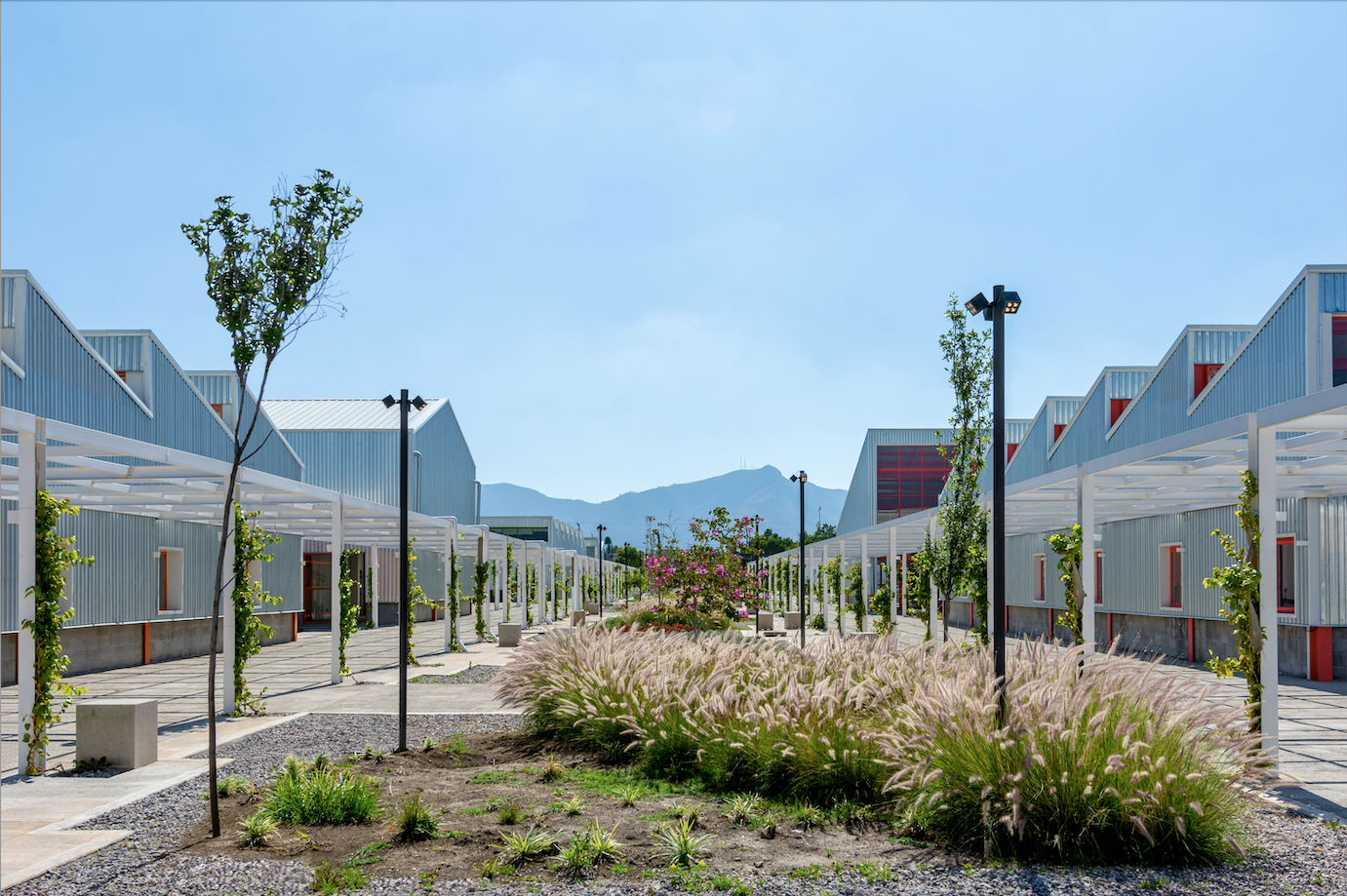 Mexico's Office of Urban Resilience creates projects that cities can learn from
Mexico's Office of Urban Resilience creates projects that cities can learn fromAt Office of Urban Resilience, the team believes that ‘architecture should be more than designing objects. It can be a tool for generating knowledge’
-
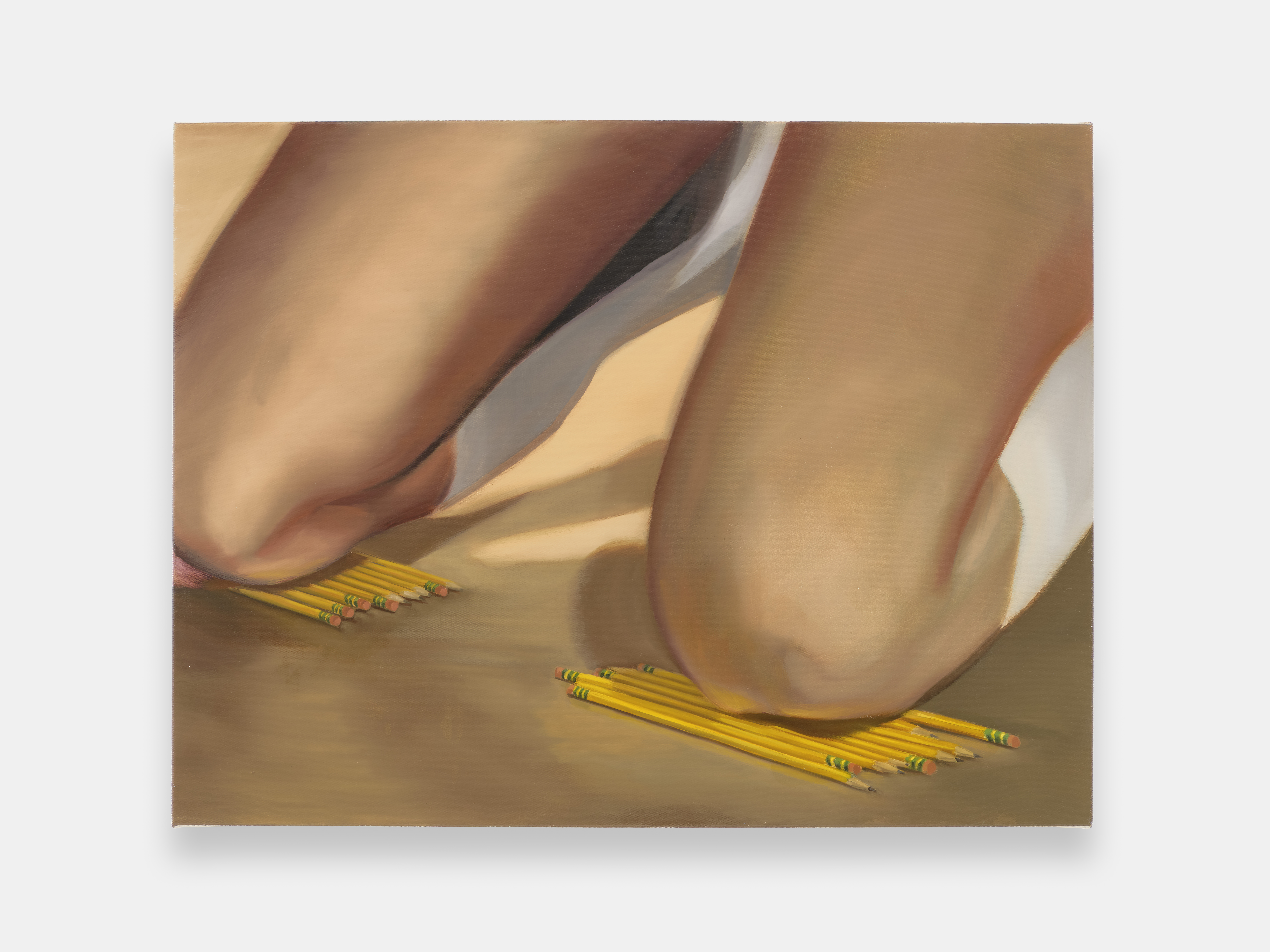 ‘I want to bring anxiety to the surface': Shannon Cartier Lucy on her unsettling works
‘I want to bring anxiety to the surface': Shannon Cartier Lucy on her unsettling worksIn an exhibition at Soft Opening, London, Shannon Cartier Lucy revisits childhood memories
-
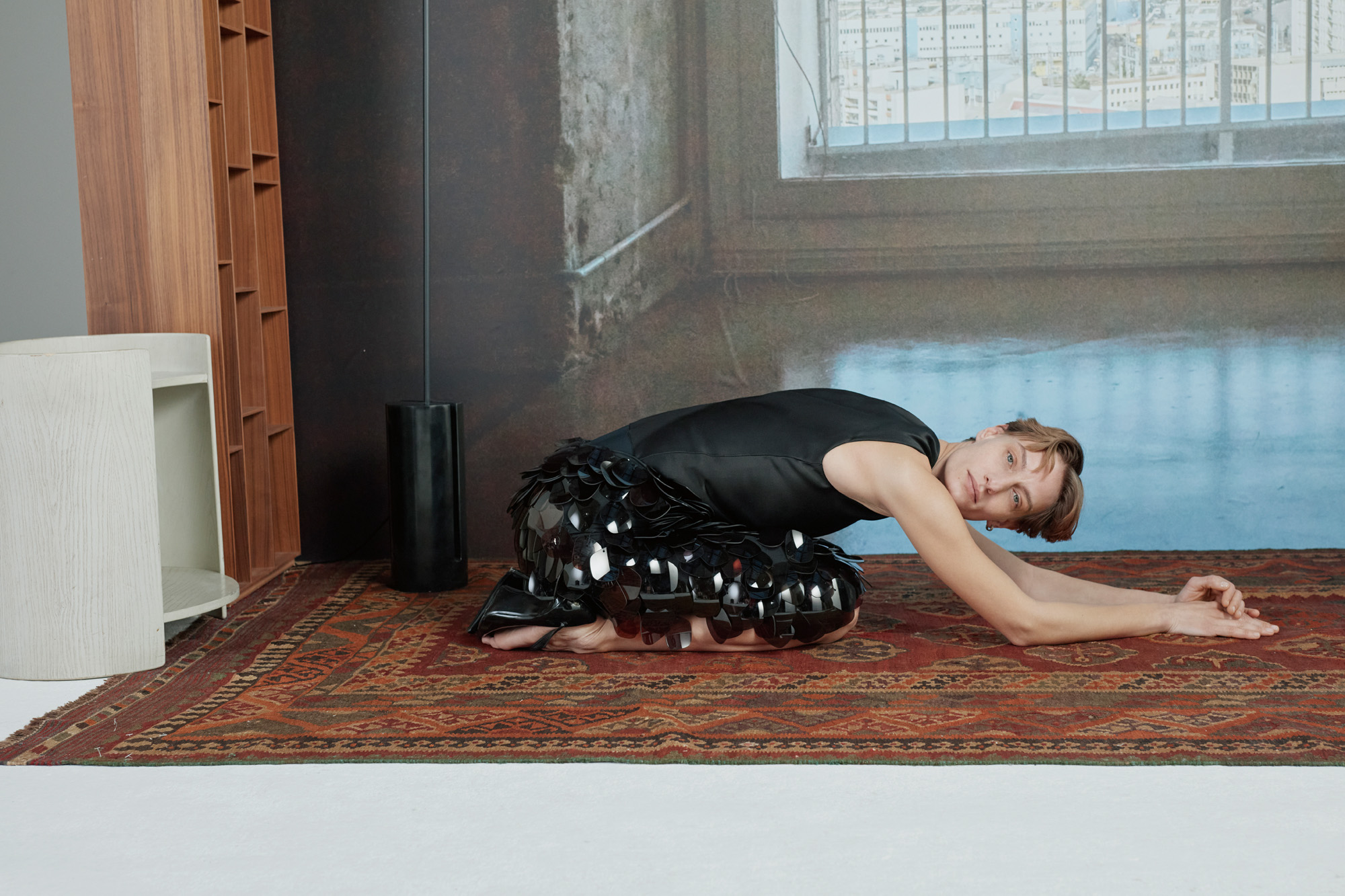 What one writer learnt in 2025 through exploring the ‘intimate, familiar’ wardrobes of ten friends
What one writer learnt in 2025 through exploring the ‘intimate, familiar’ wardrobes of ten friendsInspired by artist Sophie Calle, Colleen Kelsey’s ‘Wearing It Out’ sees the writer ask ten friends to tell the stories behind their most precious garments – from a wedding dress ordered on a whim to a pair of Prada Mary Janes
-
 The Architecture Edit: Wallpaper’s houses of the month
The Architecture Edit: Wallpaper’s houses of the monthFrom wineries-turned-music studios to fire-resistant holiday homes, these are the properties that have most impressed the Wallpaper* editors this month
-
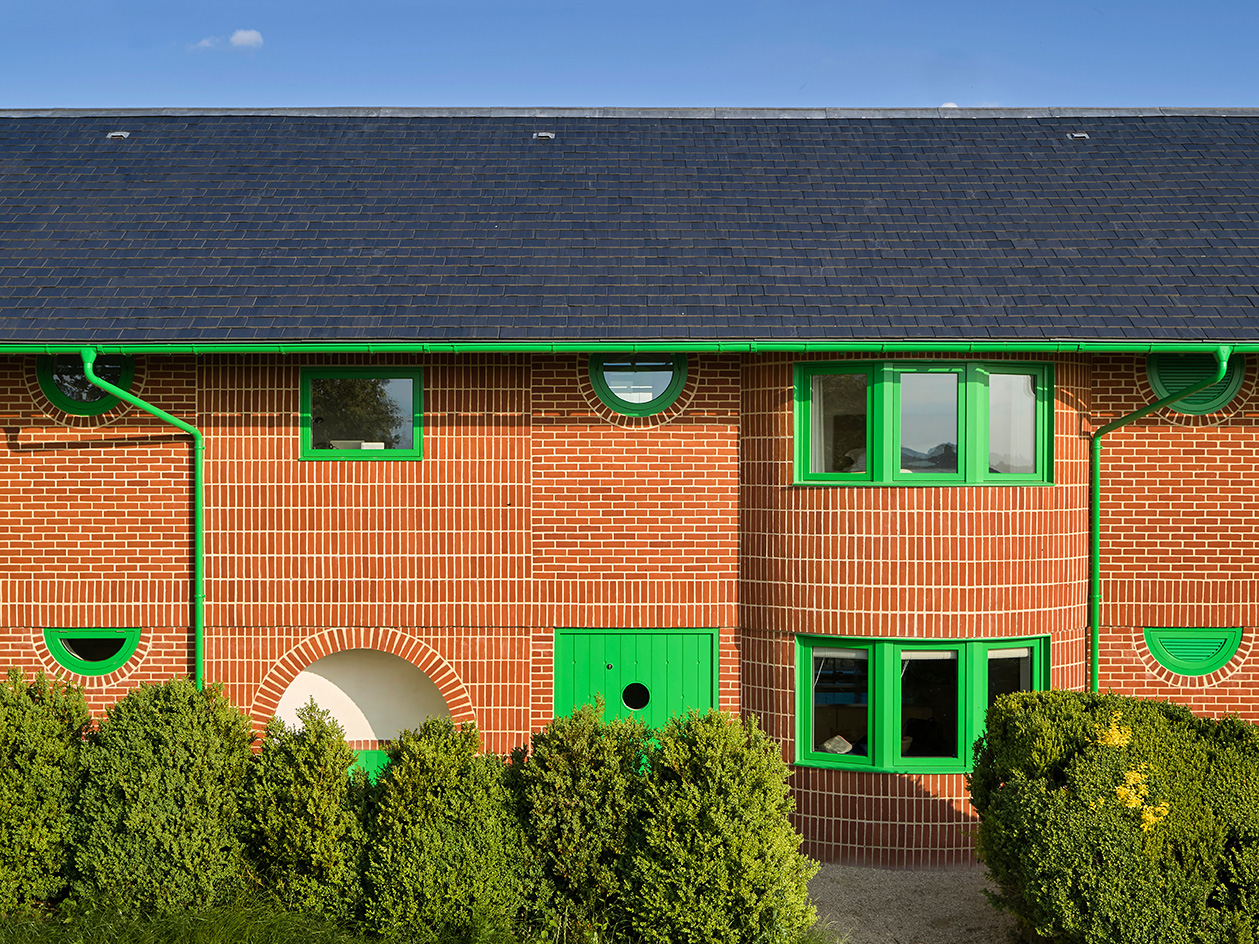 David Kohn’s first book, ‘Stages’, is unpredictable, experimental and informative
David Kohn’s first book, ‘Stages’, is unpredictable, experimental and informativeThe first book on David Kohn Architects focuses on the work of the award-winning London-based practice; ‘Stages’ is an innovative monograph in 12 parts
-
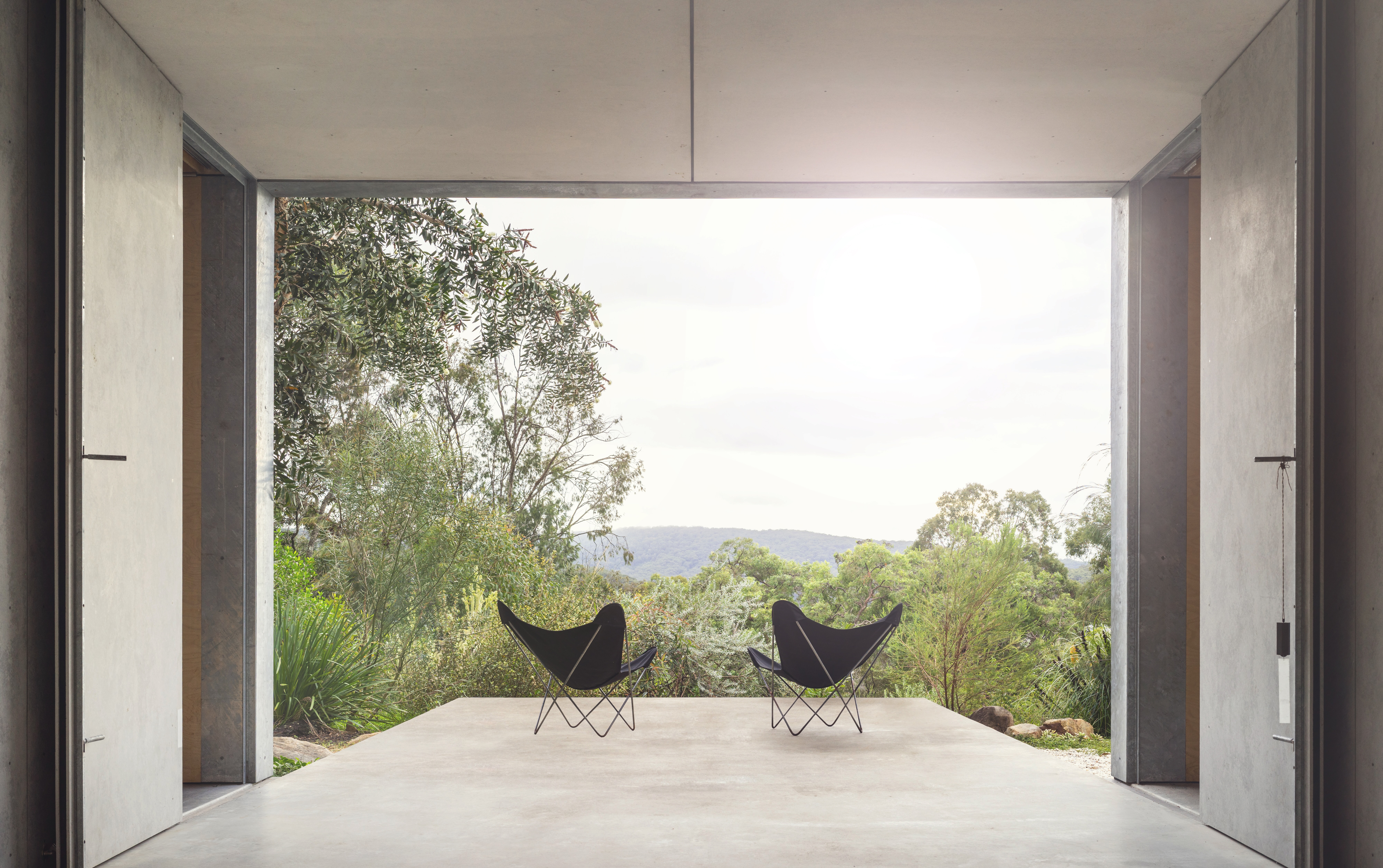 An Australian holiday home is designed as a bushfire-proof sanctuary
An Australian holiday home is designed as a bushfire-proof sanctuary‘Amongst the Eucalypts’ by Jason Gibney Design Workshop (JGDW) rethinks life – and architecture – in fire-prone landscapes, creating a minimalist holiday home that’s meant to last
-
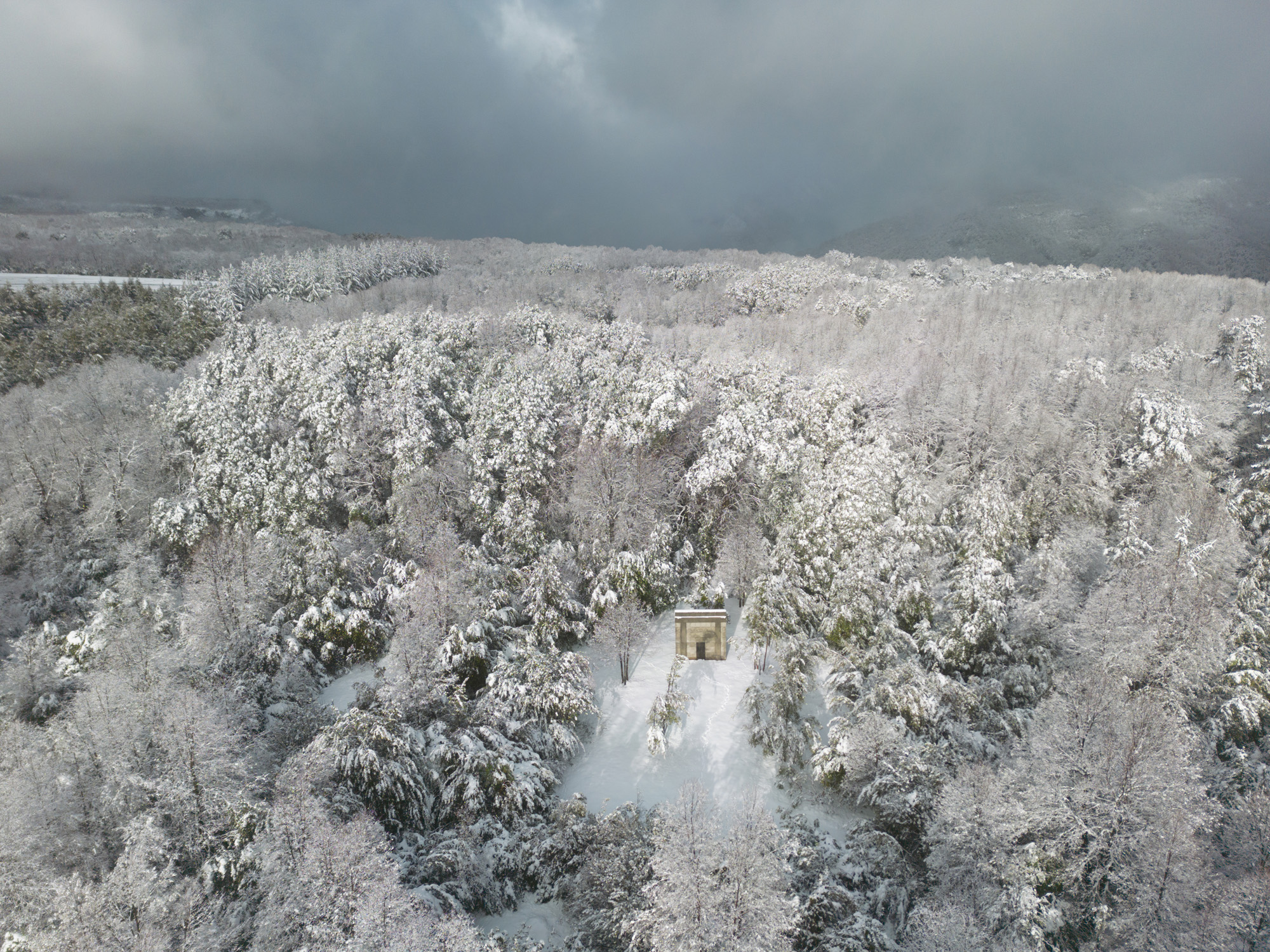 A Chilean pavilion cuts a small yet dramatic figure in a snowy, forested site
A Chilean pavilion cuts a small yet dramatic figure in a snowy, forested siteArchitects Pezo von Ellrichshausen are behind this compact pavilion, its geometric, concrete volume set within a forest in Chile’s Yungay region
-
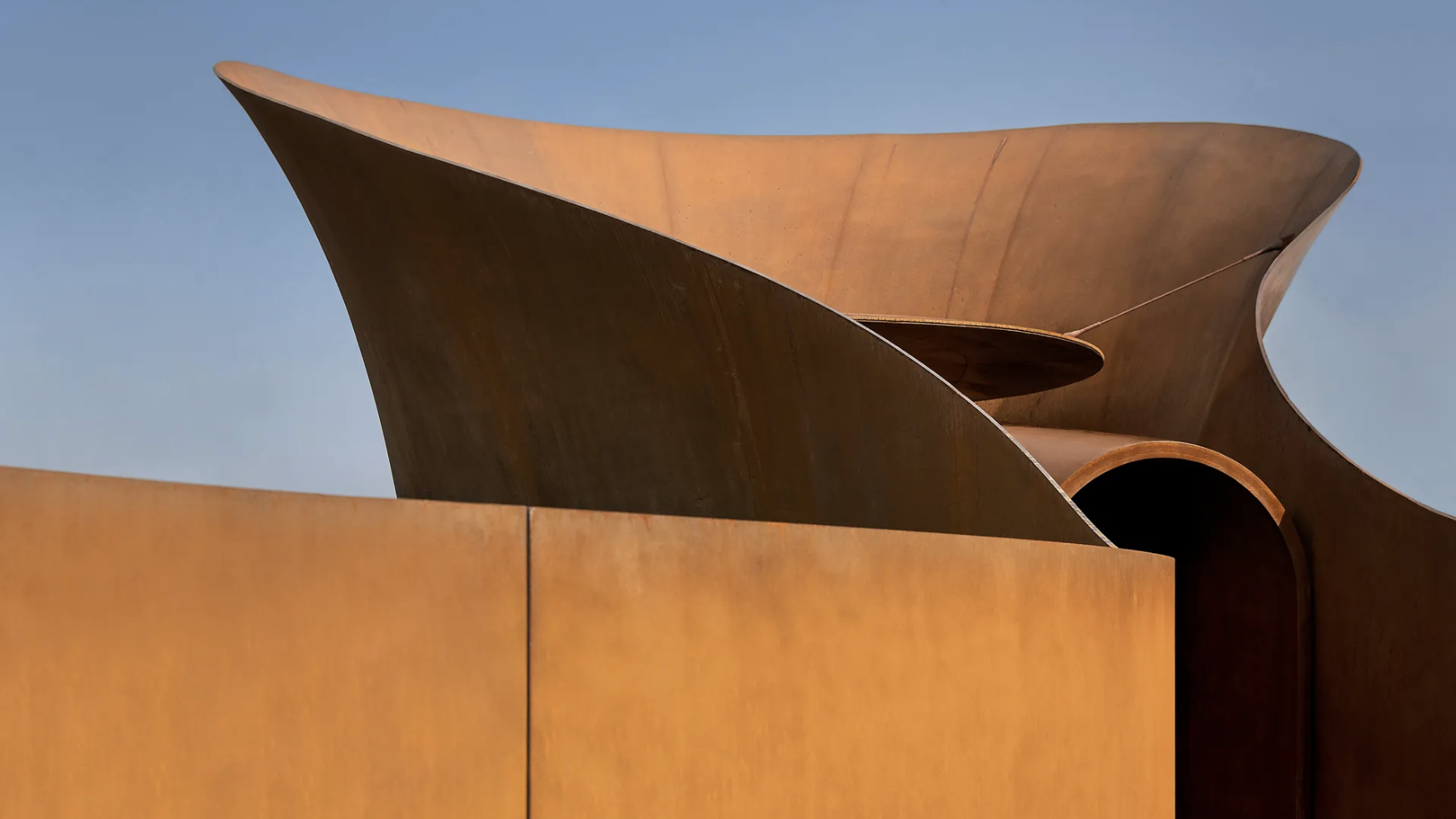 Doshi Retreat at the Vitra Campus is both a ‘first’ and a ‘last’ for the great Balkrishna Doshi
Doshi Retreat at the Vitra Campus is both a ‘first’ and a ‘last’ for the great Balkrishna DoshiDoshi Retreat opens at the Vitra campus, honouring the Indian modernist’s enduring legacy and joining the Swiss design company’s existing, fascinating collection of pavilions, displays and gardens
-
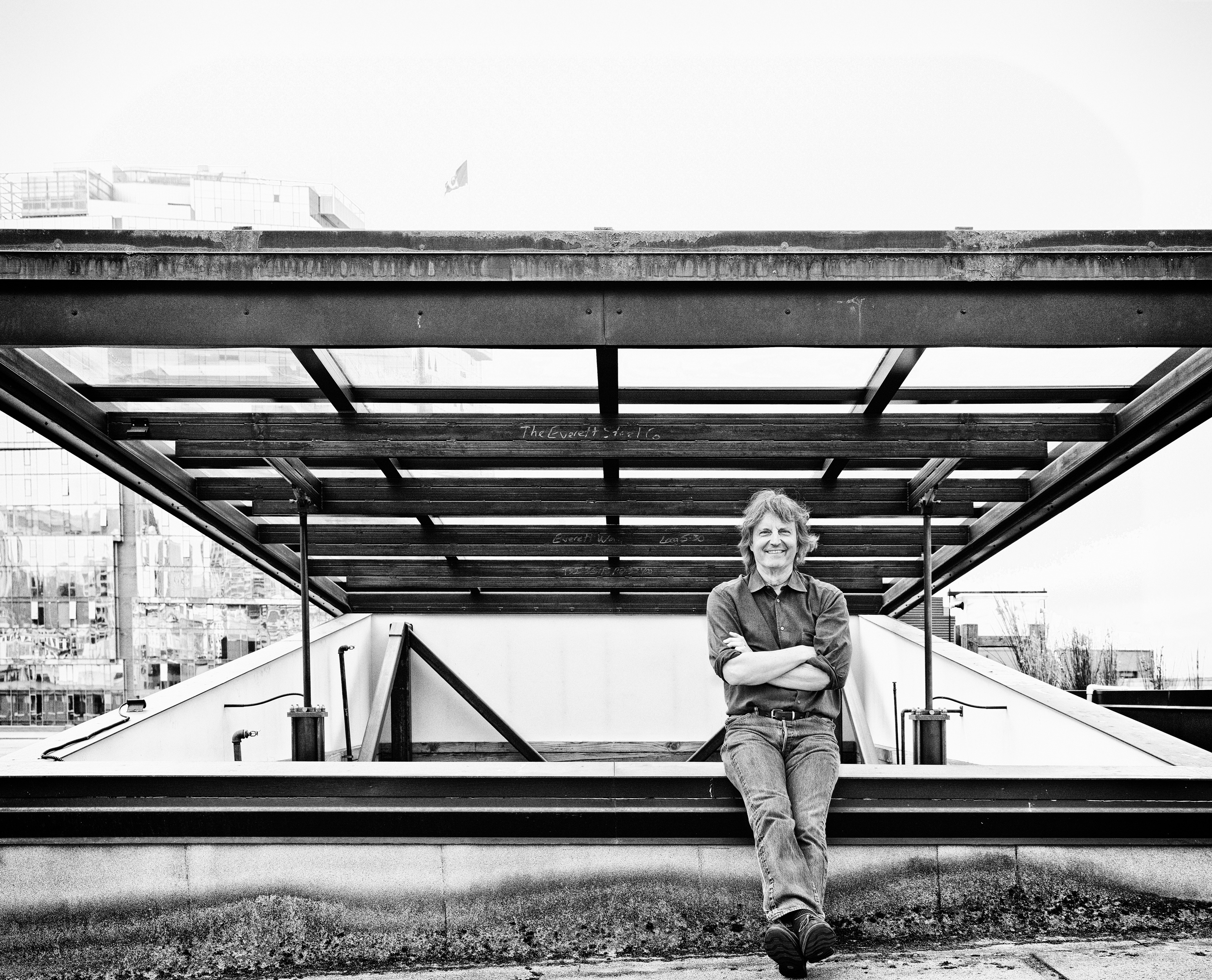 Explore Tom Kundig’s unusual houses, from studios on wheels to cabins slotted into boulders
Explore Tom Kundig’s unusual houses, from studios on wheels to cabins slotted into bouldersThe American architect’s entire residential portfolio is the subject of a comprehensive new book, ‘Tom Kundig: Complete Houses’
-
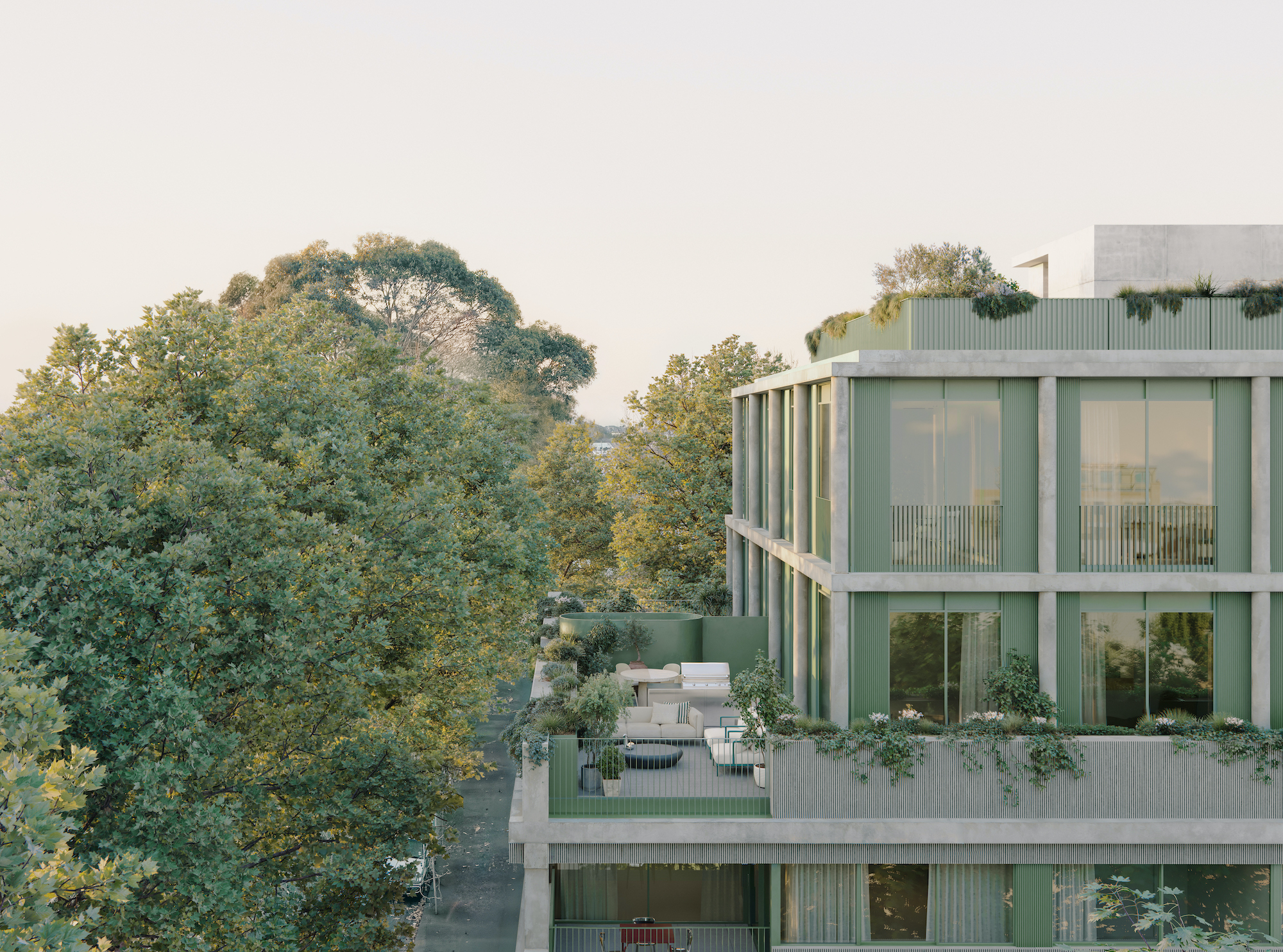 Neometro is the Australian developer creating homes its founders ‘would be happy living in’
Neometro is the Australian developer creating homes its founders ‘would be happy living in’The company has spent 40 years challenging industry norms, building design-focused apartment buildings and townhouses; a new book shares its stories and lessons learned
-
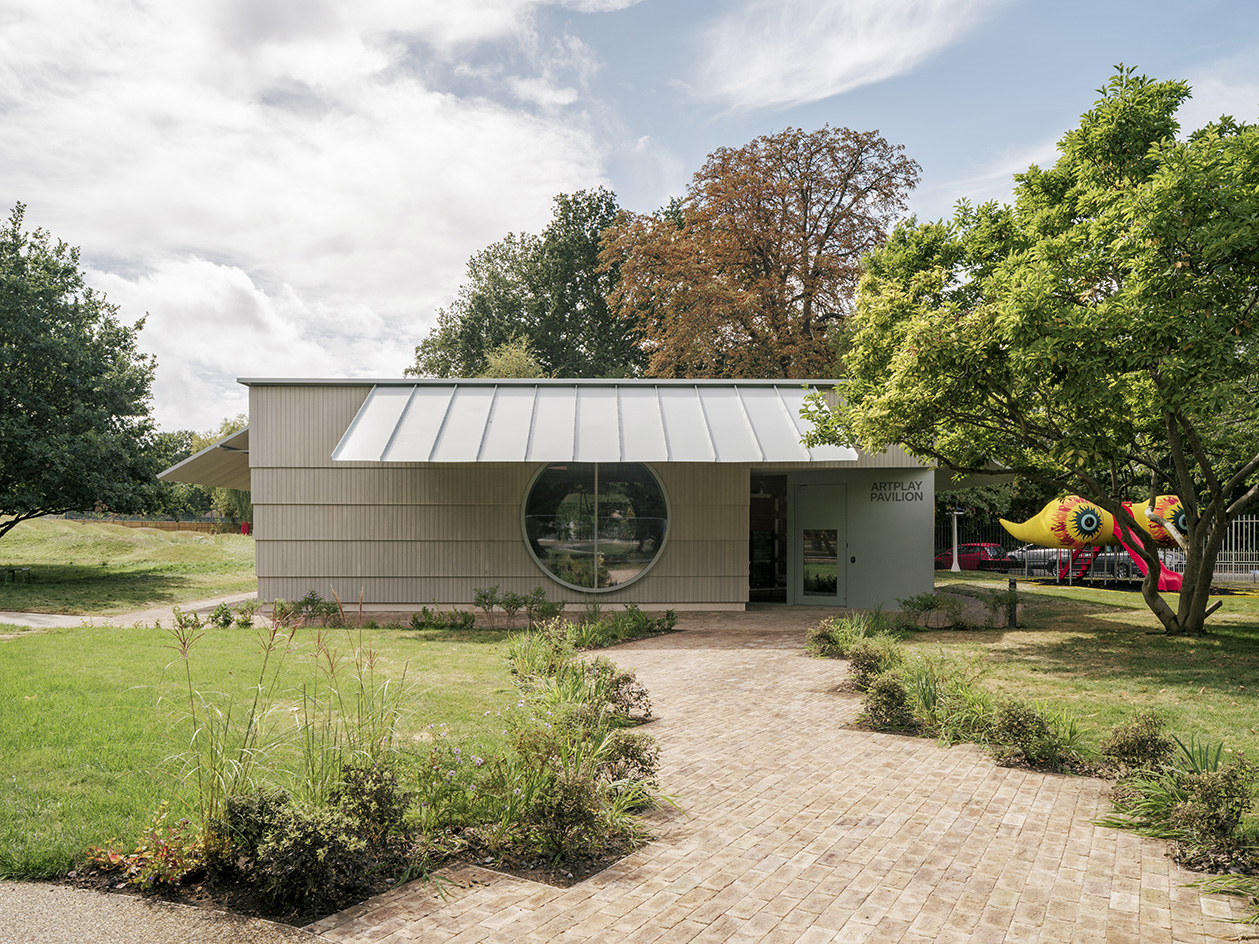 Slides, clouds and a box of presents: it’s the Dulwich Picture Gallery’s quirky new pavilion
Slides, clouds and a box of presents: it’s the Dulwich Picture Gallery’s quirky new pavilionAt the Dulwich Picture Gallery in south London, ArtPlay Pavilion by Carmody Groarke and a rich Sculpture Garden open, fusing culture and fun for young audiences